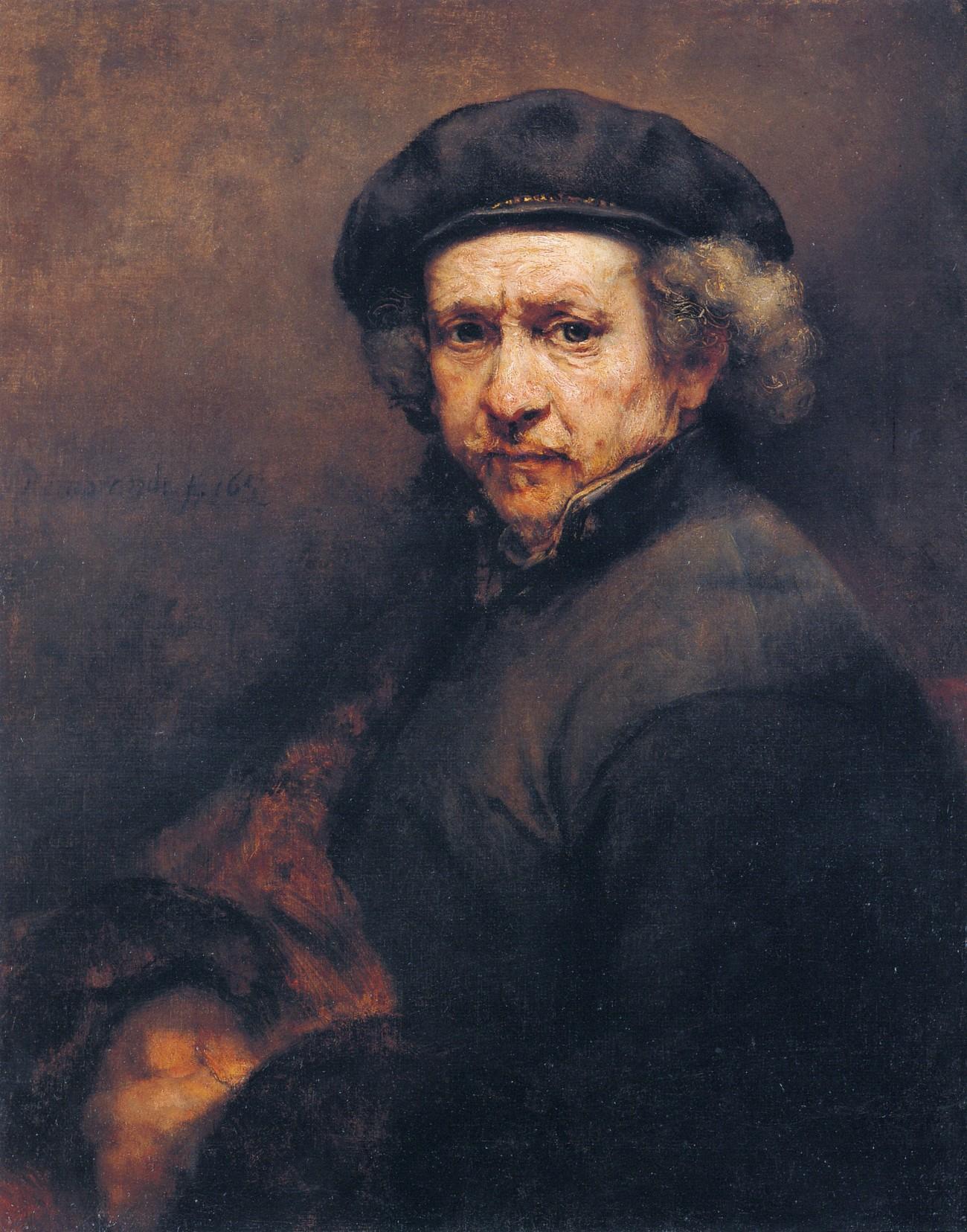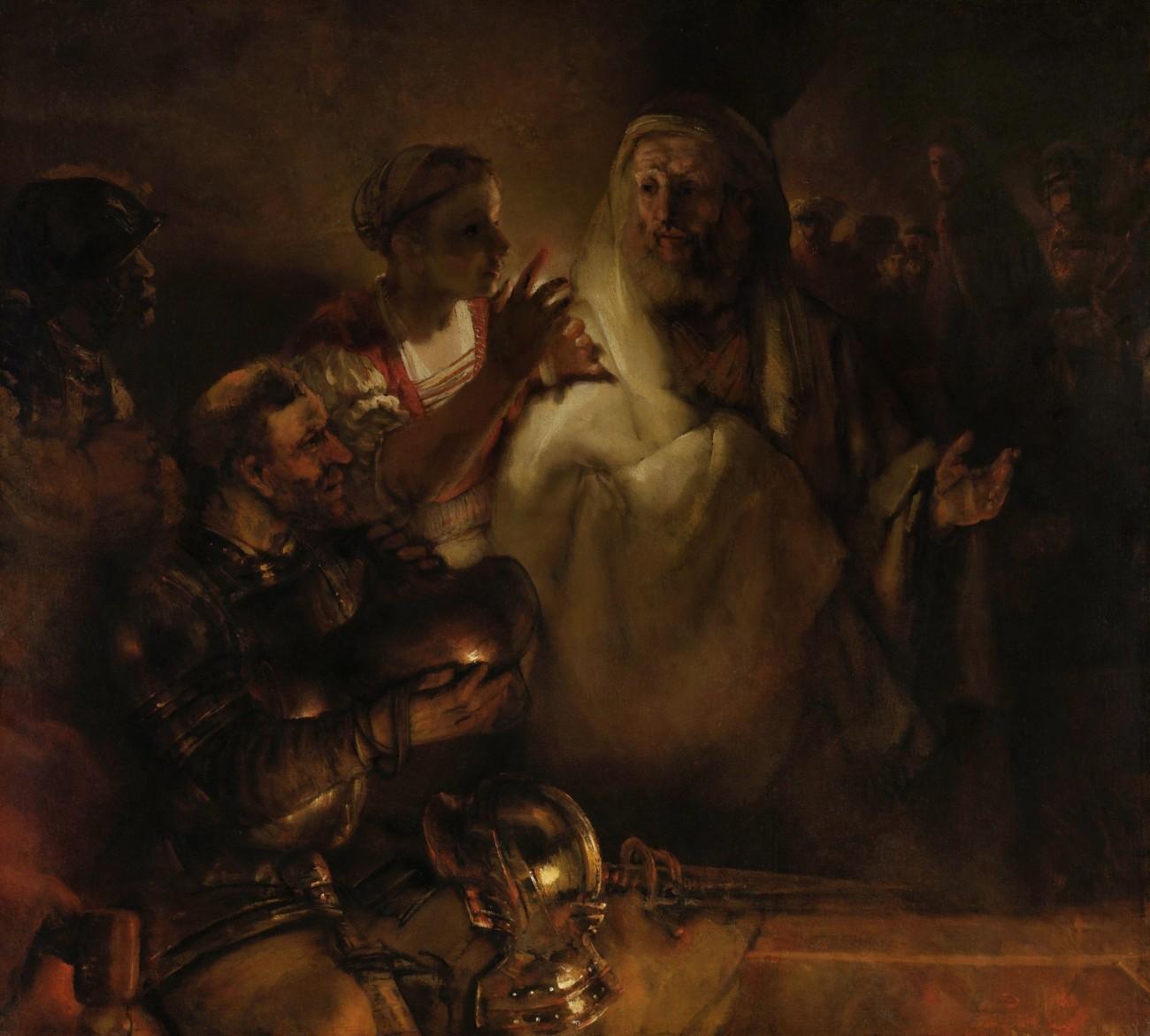Part One: Do you need to love art to light art?

A self-professed lover of Art, Cliffe Tribe, Sales Manager at Casambi, has enjoyed a lighting career journey that has so far taken in many industry milestones – through the 20th-century analogue age into what he calls ‘the digital magic of today’. Cliffe’s written a series of blog posts on lighting as the love language of art and how Casambi’s wireless control solution is contributing to a modern-day revolution in how we display it. We open with part one;
Part One – Collaboration, drama, detailing, and damage
In the late 16th and early 17th centuries, grand old masters such as Rembrandt van Rijn introduced us, through their work, to the observance of imitated natural light and the glowing effects of warm candlelight. Deliberately drawing the viewer’s eye to all things profound, mysterious, and enchanting – not just in the eye-catching forefront, but also surreptitiously buried in the background of their epic pieces. This is about telling stories within a story, teasing us to work out the plot and subplots.

Is it not all our responsibilities as modern-day custodians of beautiful objects to fully represent them as the original artist would have wanted? Not to just enjoy in the now, but to contribute to the preservation and understanding for all those that follow.
Casambi’s wireless lighting control technology is contributing significantly to a modern-day revolution in how we display our historical works of art.
Whatever the subject matter or style, Casambi is unconstrained by fixed controllers, cables, and complicated proprietary software. All the while giving the programmer freedom of movement to examine, assess and articulate their artistic vision for and of a masterpiece.
Rembrandt himself was one of the first to truly investigate and implement the chiaroscuro technique of creating a dramatic effect of light cast from a single source. Could he have been one of the world’s first lighting engineers?
He, with of course other masters, has passed down epic art for us to observe and forensically examine. I am certain that he screams at us from beyond the grave, making sure we dedicate our lives to reproducing the style, detail, drama, passion, pain, and plotline that went into his original pieces. How best to do this?
To see the story better is to understand the story better
Collaboration to scale the collective love of art
We are seeing strong collaborations for the lighting of buildings and outside spaces. Users, manufacturers, specifiers, consultants, installers, and integrators all come together to deliver a 21st-century lighting project.
The illumination of fine art also needs to respect collaboration. However, should all in the process have an appreciation or even love for the art itself? Let’s look at the influencers in detail:
- The curatorial team has responsibility for the safe guardianship of the artwork and is educated in how to ensure the original artist’s intentions are met. These pieces must fit within a defined space where height, width, length and building structure are, in most cases, pre-determined. The hanging of paintings can rarely be an exact science and therefore it is unlikely that the optimum position can always be found. Curators and gallery technicians tend to be subjective, but without question, love their work.
- The lighting designer will consider the luminaire options available in consideration of the curatorial team’s requirements for the artwork. Budget constraints can result in optical limitations due to poor-quality lighting tools hampering a perfect technical selection. Does a designer’s expertise extend only to light levels and shaping?
- The lighting fixture manufacturer must provide the best possible light source, built-in or attachable optics and flexible lens technology to suit every shape and size of a painting or sculpture. The positioning of a luminaire around the chosen installation may well affect its performance. Could the luminaire manufacturer make even finer optics specifically for lighting priceless works of art? Is the subject matter loved enough?
- The lighting controls team offers the exact illuminance level required and maintains it in alliance with preservation, all the while combining this with the creation of lighting scenes depicting drama and relevance. Very often this task is performed in isolation, at the risk of creating a very ignorant or highly personal commissioning representation.
By loving art before lighting art, the protagonists working on a display can look deep into the soul of the canvas, seeing and appreciating elements not necessarily observed by the casual viewer. Should we not be acknowledging those important elements and attempting to bring them to life for the benefit of all?
The minutiae of lighting art
Curatorial teams in art galleries and museums across the world continuously time-battle to prepare and display. Ancient pieces that, each in their own way, have and will succumb to the vagaries of chemical aging, poor handling and the extensively harming factors of natural daylight, atmospheric dirt, and 150 years of illuminance by analogue artificial light sources.
Luminaire manufacturers and lighting control companies invariably compete with designers and curators in gallery spaces to achieve the optimum position for the luminaires.
The task of producing the best presentation is regularly hampered by fixture location and time-old hazards, such as the size of canvas versus the size of frame with the latter’s own ornate qualities, invariably contributing to the twin evils of glare and shadow. The fragile nature of watercolours and the heavily textured – by impasto technique (paint applied very thickly) – of oils and possible age-defining craquelure, present a challenging combination for the collective lighters.
Optics, high-performance LED, Casambi technology and skilled installers
In Rembrandt’s masterpiece ‘The denial of Saint Peter’ (1540mm x 1690mm) painted in 1660 and currently on display in the Rijksmuseum, in Amsterdam, we can clearly see the dominance of his allegiance to the chiaroscuro technique with the centre-ground bathed in ‘Rembrandt’s light’. However, in the painting’s background, there is a shadowy figure, almost certainly Jesus himself, turning around to look on as Peter denies him thrice (an event in the Passion of Christ, as told of in the Bible).
In a normal lighting environment, it is very difficult to pick out the figure of Christ as Rembrandt deliberately painted the background in deep shadow, taunting us to look deeper and deeper into the painting. Today, there is much damage and craquelure affecting this piece. Is it not right though, for us to try and bring Jesus more into the plot, to recognise and imagine him while he contemplates the enormity of Peter’s denial? Should we not help the viewer by using modern-day lighting controls to pick out this critical element? Would Rembrandt himself not want us to recognise Jesus Christ, or at least allow us to educationally presume it is him?
In 2019, the curatorial team of the Dulwich Picture Gallery (DPG) in London headed by Jennifer Scott together with Daniel Harvey of ERCO, cinematographer Peter Suschitzky – acting lighting designer on the project, and Casambi joined forces to display the on loan ‘The Denial of Saint Peter’ from an extremely acute 6-metre track mounting point and restricted angle. It took many hours to achieve a mutually acceptable display.
ERCO’s range of technologically advanced optical accessories together with Casambi wireless lighting controls offered the commissioning team the essence of flexibility and accuracy. An iPad, with Casambi App loaded, allowed the operators to move around the space unhampered by cables and cable runs. Without restriction, the artwork can be viewed from every conceivable angle, giving the best possibilities for finding the right lighting effect.

Working in unison, the team at DPG were able to confidently aim the luminaires, adjust the optics, vary the light levels, measure the results, and stand back to acknowledge the result. Time and time again new parameters were set and scrutinised until subjectivity led to objectivity and it was agreed the best possible display was achieved. This intricate and elaborate process is nigh on impossible when you have a fixed wired controller, trailing cables and are programming from a laptop computer.
It was at this point that all concerned in the process knew they loved this 400-year-old painting.
Once, the ‘rule of thumb’ for hanging a painting was: 4 feet 10 inches from the centre of the piece to the floor and to illuminate it by crossing the beams of two spotlights. Modern-day commissioning with Casambi technology confines such age-old theories and practices to the waste bin of time.
Acknowledgements
“For all lighting applications, having light and not luminaires is an inspiring vision. This is particularly true when the application is lighting great artworks, where the objective is to create engaging visitor experiences combined with preserving the display for future generations. How to do this means the thoughtful application of light. To make those thoughts become reality means finding the appropriate balance of direction, intensity, and qualities of light. This is where Casambi can be the hidden secret which helps unlock the stories that lie behind every great masterpiece.” – Matthew Cobham heads up the museums and gallery business for ERCO globally and is a member of the International Council of Museums
“To present an artwork is much more than just hanging it on the wall. The entire visceral journey that comes with experiencing great art requires thought and planning. Casambi allows us to maintain control over this process from start to finish – even after the exhibition is open. The ability to fine-tune and reassess as we learn about visitor behaviour is very powerful. As well as the ability to build and rebuild the control systems to suit our commercial needs and the needs of our staff. In a smart world, anything is possible with the right determination and as a small but ambitious gallery we are benefiting from that hugely”. – Alexander Moore is the Creative Producer at the Dulwich Picture Gallery in London
Interested in learning more about Casambi? Drop us a note, and we’ll reach out to you:



